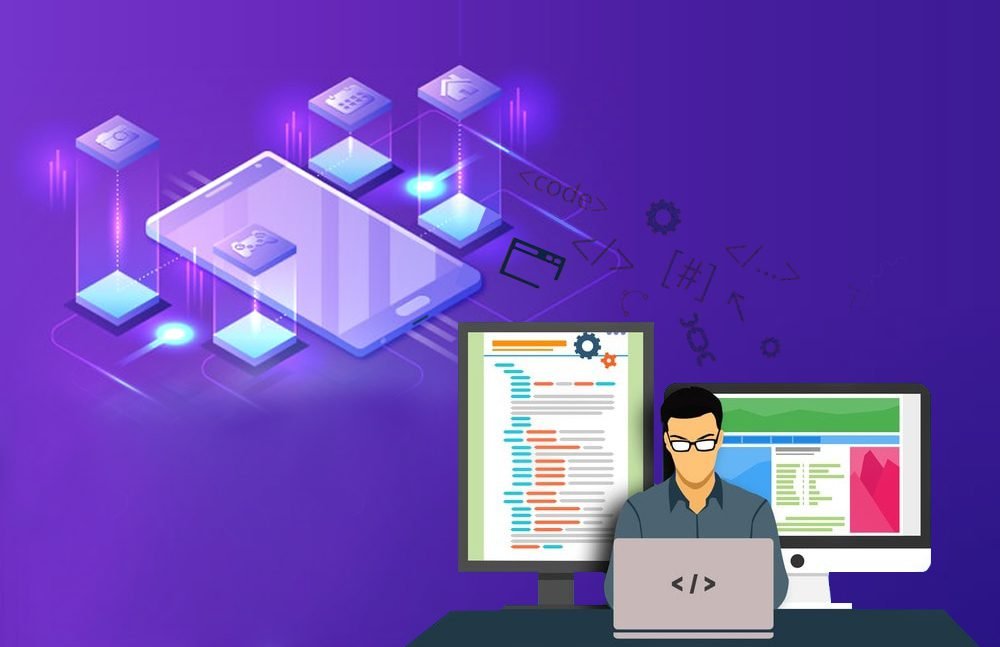Web development, AI devices, ML and data have impacted our daily lives. They have also been the reason for generating jobs and the demand for such jobs has outstripped the supply positions. This has meant the mushrooming of institutes for Web development training, ML and the other trending courses to generate more trained professionals and well-rounded career aspirants.
Various Web Development Trends in 2019.
Voice search:
The trend set by assistants who can do voice searches on devices like smartphones and other devices has made this the most outstanding trend in web development. Usefulness in e-commerce platforms and developing your own apps makes voice searches the trend for 2019. 50 per cent of all searches is expected to be via such searches by 2020.
Smart speakers and voice searches are popular because
• Communicative ease of use means shallow learning curves and interactions across all ages, languages and groups of people.
• The affordability factor of voice search features and the interconnectivity of devices through Bluetooth, via assistants and bots make it the pick of the season for expanding capabilities.
WebAssembly
Languages like JavaScript are popular in Web development training. However, they slow down your apps when gaming, making heavy calculations or tasks where speed is important. The WebAssembly format uses NLP and is compatible with most languages making native apps easily run-able without compromising speed. The future holds great promise to integrate WebAssembly in all devices to save costs means having better and faster performance even when using JavaScript or Python.
Machine learning
ML is being increasingly used in web analytics and improving traffic and customer satisfaction. In 2019 ML algorithms will consolidate their position on the web.
Data security
Web security will be a top priority in 2019. The more the data, the more the breaches and cybercriminal activities. 2019 will be the year of developments in data security.
Blockchains:
Blockchain will turn to the web for expansion in 2019. Wallets, Dapps based storage, and other uses of blockchains will evolve. Ethereum’s JavaScript library web3.js helps with Web development training of smart contracts and can be used with almost all languages on the Ethereum blockchain.
PWA and AMP.
Most platforms prefer fast loading apps. That’s why you need a progressive web app and an accelerated mobile page which will peak in 2019. Adaptations can be need-based but will improve the rankings.
IoT
Uses of the internet have been limited to smartphones and laptops. In 2019 even small screens like smart watches, smart speaker screens etc will be internet ready.
Motion UI
Motion design is a trend that will be adapted in 2019 to make your web-ranking better. For this, you may have background animations, animated charts, modular scrolling and even header page transitions.
Technology stack for web application development
The latest proven updateable technologies are used across the system to make sure it is compatible with industry needs and that it lasts for several years. The 2019 popular stacks are
Front-end technologies
AngularJS:
The Angular V7 version is popular as an MVC framework. It uses Typescript and runs with Javascript so hiring developers is never a problem.
The MEAN stack
MEAN stack is hugely popular and comes with the benefit of being full-stack in JavaScript. It includes:
• MongoDB for its databases
• Express.js as a web framework
• Angular at the front-end
• Node.js at the backend
ReactJS
React JS is used to replace Angular and is part of the Javascript library. The associated MERN stack is also popular though young.
Vue JS
The Vue.js is the youngest JS-framework. It is immensely popular since it is lightweight and does not processing of redundant code, unlike Angular.
Back-end technologies:
The most popular backend languages with a high popularity rating are as follows.
• Node.js using Javascript on the server side.
• Django running on the Python framework can also be used frontend.
• Laravel framework uses PHP works well with Vue.js at the backend.
Conclusion
The best way to have happy customers who get a world-class experience is to improve your own web-ranking, open new service markets, and catch the web trends on a real-time basis. Every 2019 forecast and trend is worth studying and cashing in on!
If this sounds interesting, do your Web development training course at Imarticus Learning where career aspirants are honed to be job-ready from day one. Their assured placements, soft skill development modules and resume building exercises ensure you develop skills like communicating with clients, making presentations and more. Become a master of the web and stay atop the trends of 2019. Good luck!



